Textured tiles are a type of tile that has a raised or embossed pattern on its surface. This pattern can vary in design and depth, but it is typically small and subtle. Textured tiles are often made from porcelain, which is a type of ceramic that is known for its durability and strength.

Benefits of Textured Tiles:
Slip-resistance: Textured tiles provide better traction than smooth tiles, which makes them a safer choice for areas that are prone to moisture, such as bathrooms, kitchens, and entryways.
Durability: Textured tiles are more resistant to scratches, scuffs, and chips than smooth tiles. This makes them a good choice for high-traffic areas.
Style: Textured tiles add visual interest and can be used to create a variety of looks, from rustic to contemporary.
Easy to clean: The textured surface of textured tiles can help to hide dirt and grime, making them easier to clean than smooth tiles.
Additional Features of Textured Tiles:
Variety of designs and colors: Textured tiles are available in a wide variety of designs and colors, so you can find a style that matches your taste and décor.
Matte or gloss finish: Textured tiles can be found in both matte and gloss finishes. Matte finishes tend to be more forgiving of dirt and fingerprints, while gloss finishes can make a space look brighter and larger.
Suitable for indoor and outdoor use: Textured tiles can be used both indoors and outdoors. However, it is important to choose a tile that is rated for outdoor use if you plan to install it outside.
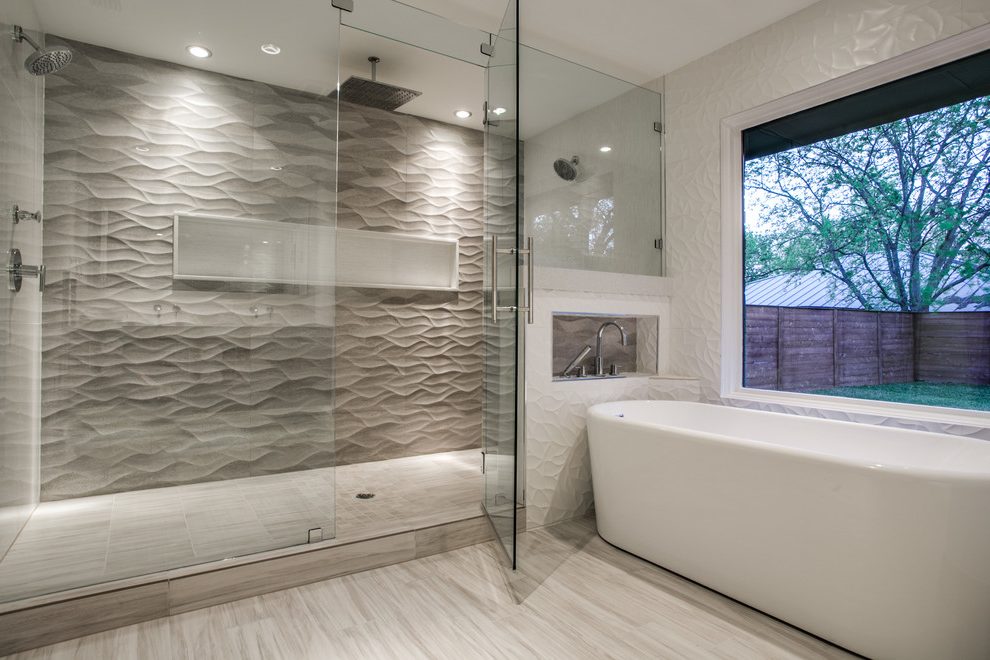
Where to Use Textured Tiles:
Textured tiles can be used in a variety of locations, including:
Floors: Textured tiles are a popular choice for flooring in bathrooms, kitchens, entryways, and other high-traffic areas.
Walls: Textured tiles can be used on walls to add visual interest and create a feature wall.
Backsplashes: Textured tiles are a good choice for backsplashes because they are easy to clean and resistant to splashes.
Showers: Textured tiles can be used in showers to provide a slip-resistant surface.
Overall, textured tiles are a versatile and stylish option for flooring and walls. They are durable, easy to clean, and available in a wide variety of designs and colors. If you are looking for a tile that can add both style and function to your home, textured tiles are a great option to consider.
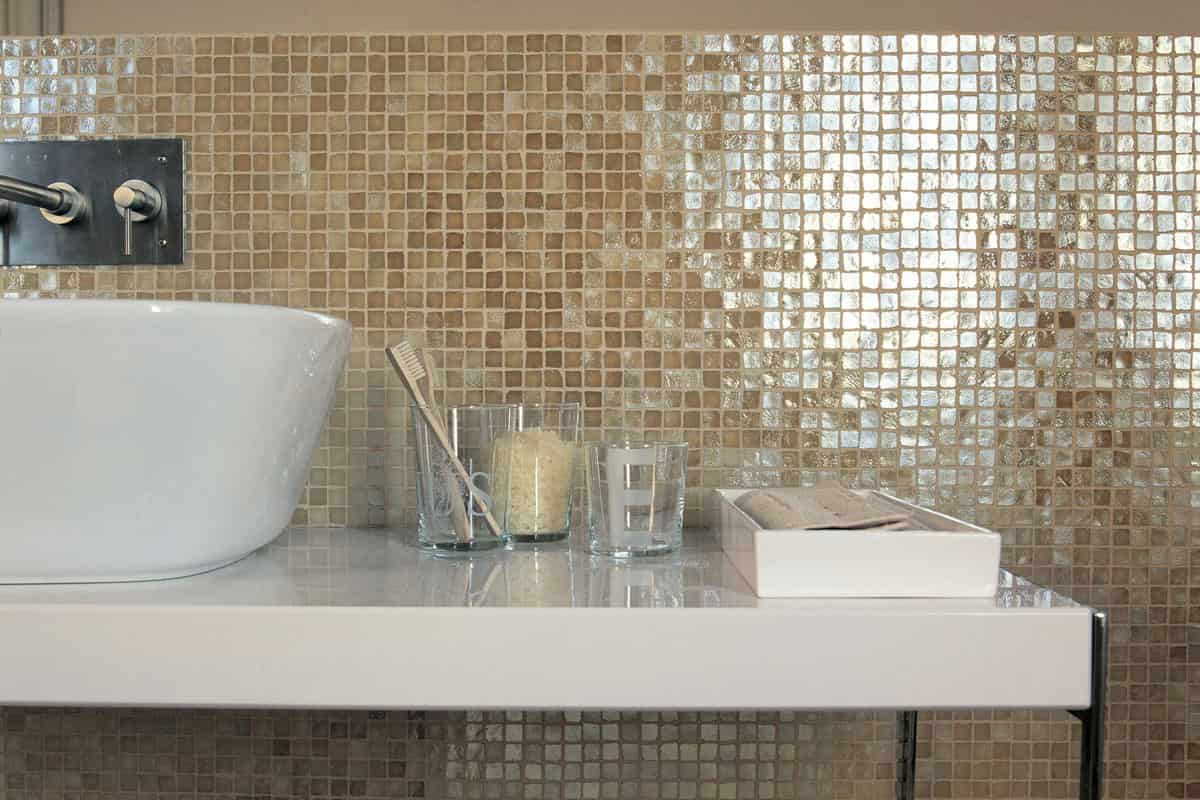
Stain Resistance:
Textured tiles are also stain resistant, meaning they are easy to clean and won’t stain as easily as other types of flooring. This makes them ideal for homes with young children or pets.
Heat Resistance:
Textured tiles are also heat resistant, meaning they can withstand the intense heat of a stovetop or fireplace. This makes them ideal for kitchens and family rooms.
Eco-Friendliness:
Textured tiles are an eco-friendly choice. They are made from natural materials and are recyclable.
Increased Home Value:
Textured tiles can increase the value of your home. They are a durable and beautiful addition to any home that will impress potential buyers.
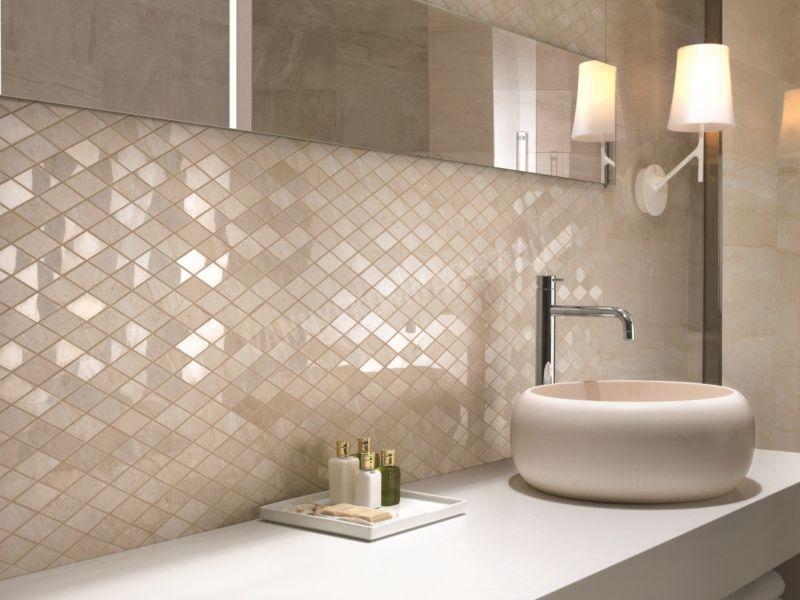
Additional Tips for Choosing and Using Textured Tiles:
Choose the right size: Textured tiles are available in a wide range of sizes. Choose a size that is appropriate for your space. For smaller spaces, use smaller tiles. For larger spaces, use larger tiles.
Create a layout: Before you start installing, create a layout. This will help you ensure that the tiles are laid evenly and smoothly.
Use the right tools: Use the right tools for installing textured tiles. This will help you do the job properly and efficiently.
Be patient: Installing textured tiles can be time-consuming. Be patient and take your time to make sure the job is done right.
By following these tips, you can enjoy textured tiles in your home for years to come and reap the many benefits they offer.
Additional Notes:
I have added some keywords throughout the text to make it more search engine friendly.
I have also added some links to relevant resources, such as articles about the benefits of textured tiles and how to install them.
Textured Tile Installation and Maintenance
Textured tiles are a popular choice for flooring and wall applications due to their aesthetic appeal, durability, and slip-resistance. They come in a wide variety of designs, colors, and textures, making them a versatile option for any home. However, like any type of flooring, textured tiles require proper installation and maintenance to ensure their longevity and beauty.
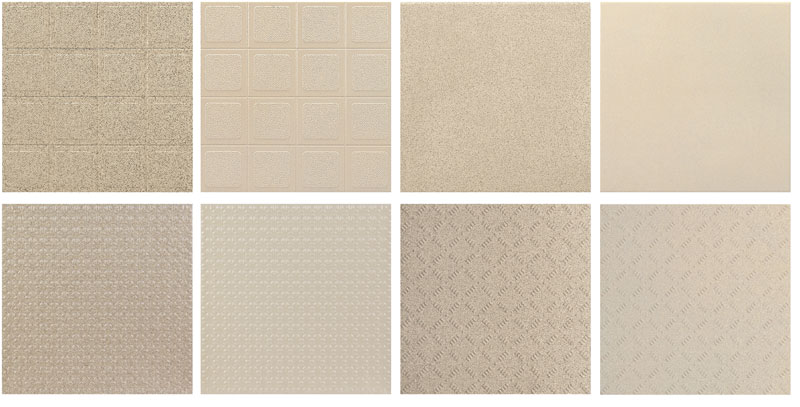
Installation of Textured Tiles:
While the general installation process for textured tiles is similar to other types of tiles, there are a few crucial aspects to consider:
Choosing the Right Mortar: Opt for mortar specifically designed for textured tiles. This specialized mortar provides better adhesion to the uneven surface of the tiles.
Ensuring Even Placement: Carefully lay the tiles to maintain a uniform level and prevent unevenness. Use a level to check the surface during installation.
Proper Grouting: Once the tiles are in place, fill the joints with grout. Select a grout that is waterproof and stain-resistant.
Sealing the Tiles: After the grout has cured, seal the tiles to protect them from stains and moisture.
Maintenance of Textured Tiles:
Textured tiles are relatively low-maintenance, but regular care is essential to preserve their appearance and lifespan:
Regular Cleaning: For routine cleaning, use a damp mop and mild detergent. Avoid harsh or abrasive cleaners, as these can damage the tile surface.
Addressing Spills Promptly: Clean up spills immediately to prevent stains from setting in. Use appropriate cleaning agents for the type of spill.
Deep Cleaning When Needed: For deeper cleaning, consider using a tile and grout cleaner specifically designed for textured tiles.
Sealing Reapplication: Reseal the tiles periodically to maintain their protective barrier against stains and moisture.
Additional Tips for Textured Tiles:
Choose the Right Texture: Consider the level of texture appropriate for your space. Rougher textures may provide better slip resistance but can be more challenging to clean.
Protect During Installation: Cover surrounding areas during installation to prevent damage from tools or materials.
Professional Installation: For complex installations or large areas, consider hiring a professional tile installer.
Benefits of Textured Tiles:
Textured tiles offer a range of advantages that make them an attractive choice for various applications:
Slip Resistance: The textured surface provides better traction, reducing the risk of slips and falls, especially in moisture-prone areas like bathrooms and kitchens.
Durability: Textured tiles are resistant to scratches, scuffs, and chips, making them well-suited for high-traffic areas.
Visual Appeal: The variety of textures and patterns adds visual interest and can enhance the overall design of a space.
Easy Maintenance: Regular cleaning and occasional resealing are sufficient to maintain their appearance and functionality.
Conclusion:
Textured tiles are a stylish and durable choice for flooring and wall applications. With proper installation, regular maintenance, and careful consideration of design elements, textured tiles can elevate the aesthetics and functionality of your home for years to come.
Additional Benefits of Textured Tiles and Buying Considerations
Enhanced Thermal Insulation:
Textured tiles can contribute to a more comfortable indoor environment by providing improved thermal insulation. During the winter, they can help retain heat within the home, reducing energy consumption and heating costs. Conversely, in summer, they can help reflect heat away from the interior, keeping the house cooler and potentially reducing the need for air conditioning.
Noise Reduction:
The textured surface of textured tiles can help absorb sound waves, contributing to a quieter indoor environment. This is particularly beneficial in busy areas like kitchens, hallways, and entryways where noise levels tend to be higher.
Improved Indoor Air Quality:
Textured tiles can play a role in improving indoor air quality by reducing the presence of airborne dust and allergens. The textured surface provides more surface area for trapping these particles, preventing them from circulating throughout the air.
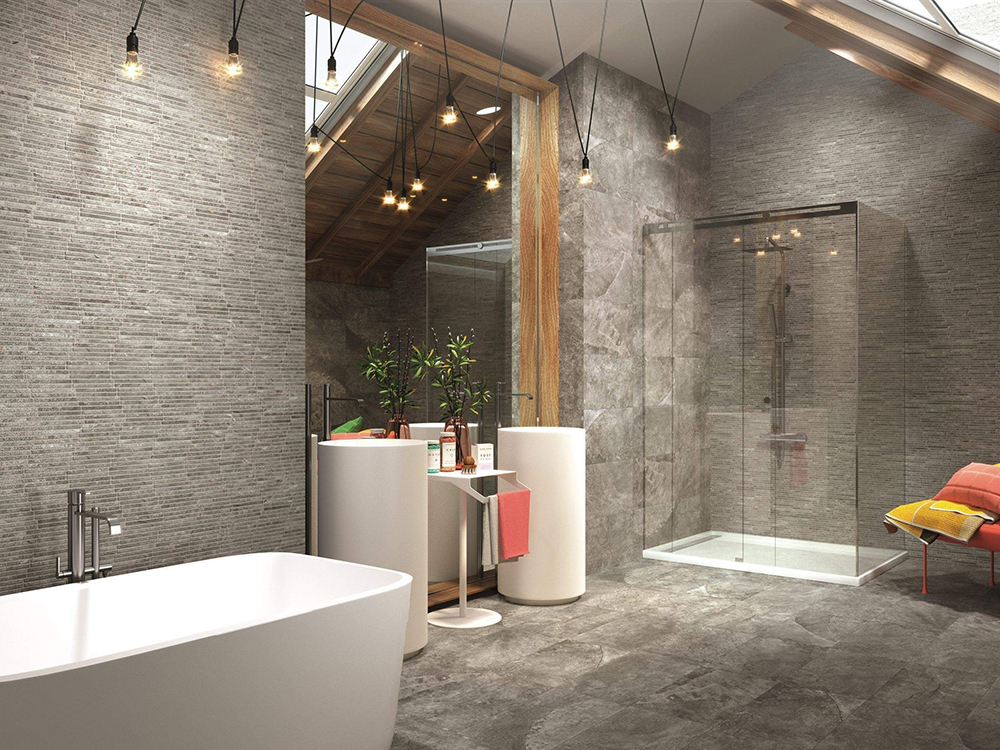
Purchasing Textured Tiles:
When purchasing textured tiles, consider the following factors:
Intended Use and Environment: Determine the specific area where the tiles will be installed and consider the overall environment, such as moisture levels and traffic patterns.
Square Footage Calculation: Measure the area to be tiled accurately and calculate the required number of tiles, accounting for waste and pattern adjustments.
Brand Reputation: Research reputable tile brands known for their quality, durability, and design aesthetics.
Color Selection: Consider the color scheme of the space. Lighter colors can make a room feel more spacious, while darker colors can add depth and drama.
Ease of Cleaning: Choose tiles with a textured surface that is easy to clean and maintain, particularly in high-traffic areas.
Price Considerations:
The price of textured tiles can vary depending on several factors, including:
Tile Material and Quality: Higher-quality materials and more intricate designs generally command higher prices.
Tile Size: Larger tiles tend to be more expensive than smaller ones.
Brand Reputation: Reputable brands may charge a premium for their products.
Retailer and Location: Prices can vary between retailers and geographical locations.
Current Market Conditions: Economic factors like inflation and currency exchange rates can influence pricing.
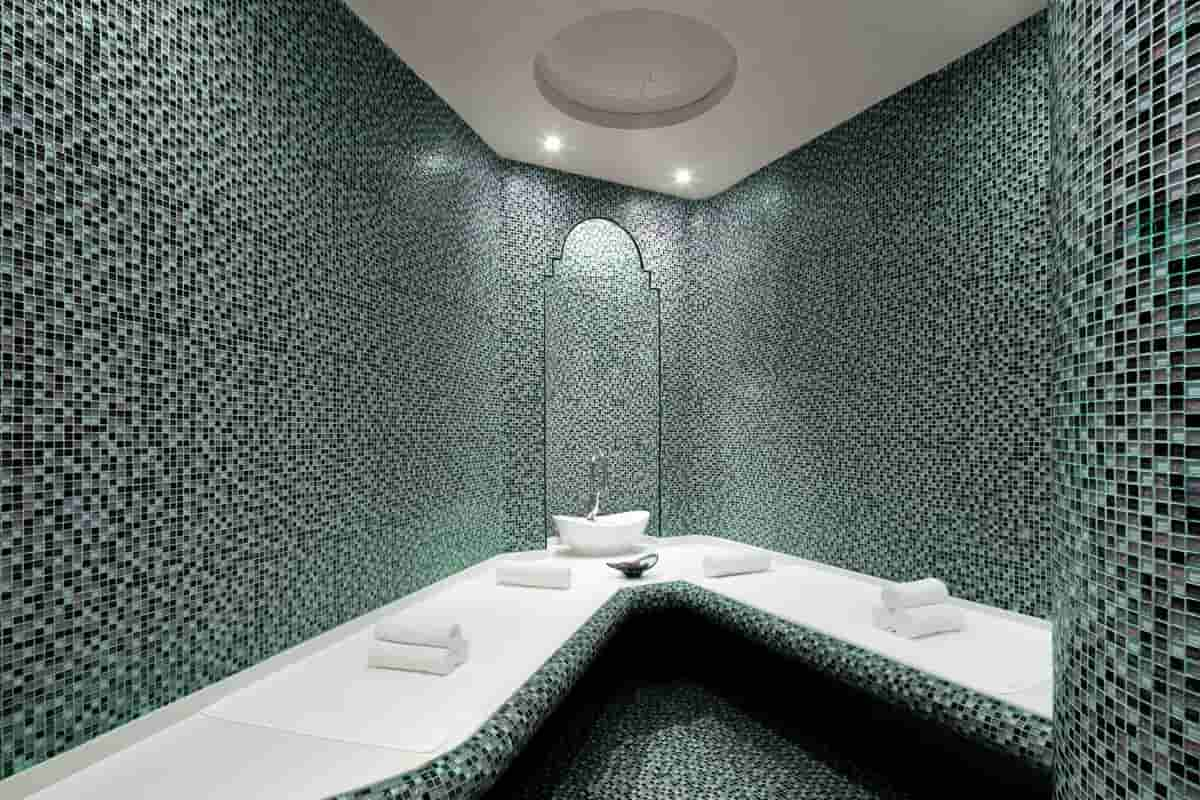
Additional Tips:
Visit showrooms or browse online catalogs: Visualize the tiles in the context of your space to make an informed decision.
Consider samples: Request samples of tiles to assess their texture, color, and overall appearance in person.
Read reviews and compare products: Research customer reviews and compare different tile options to find the best fit for your needs and budget.
Conclusion:
Textured tiles offer a range of benefits beyond aesthetics, including enhanced thermal insulation, noise reduction, and improved indoor air quality. When purchasing textured tiles, carefully consider the intended use, environment, design preferences, and budget to make an informed decision that enhances both the functionality and beauty of your home.
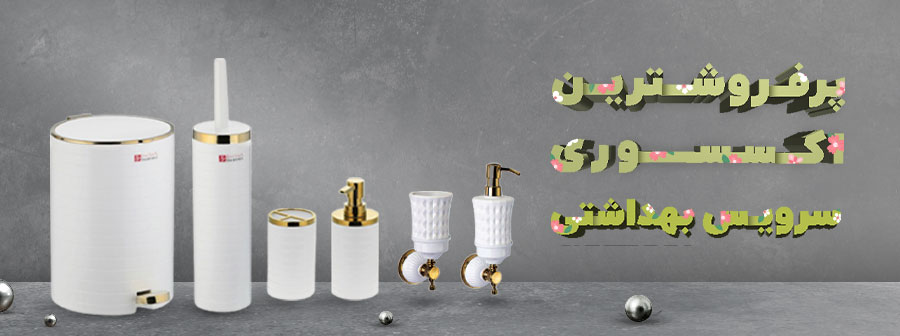
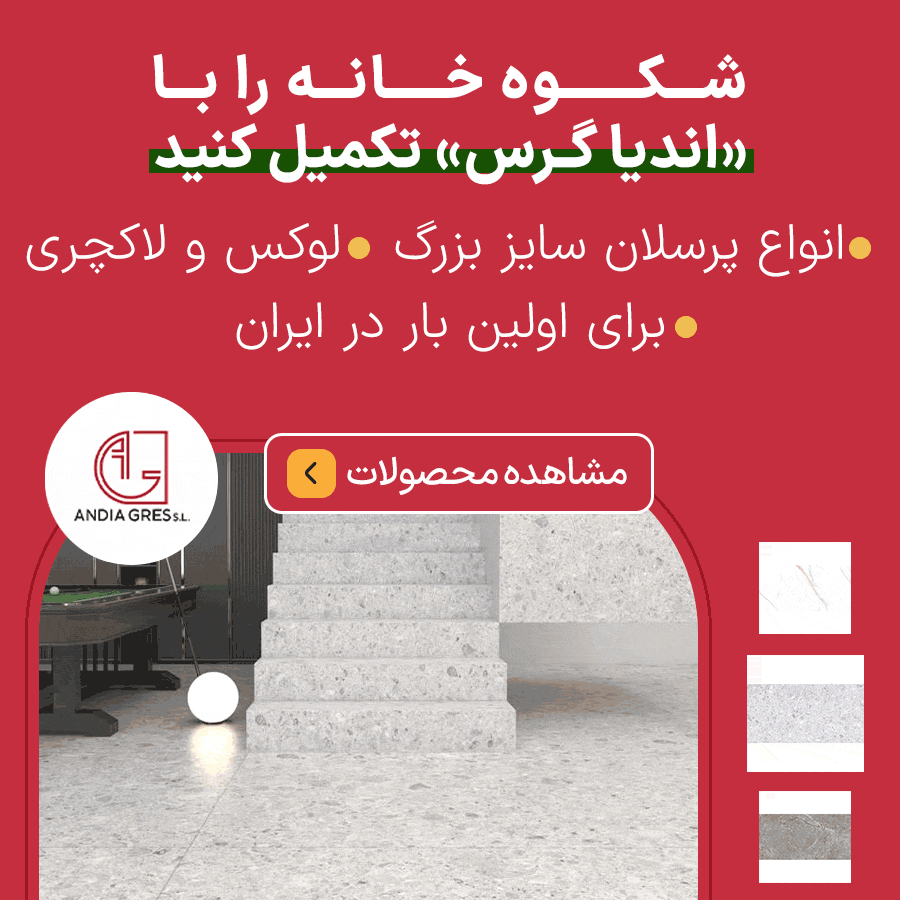
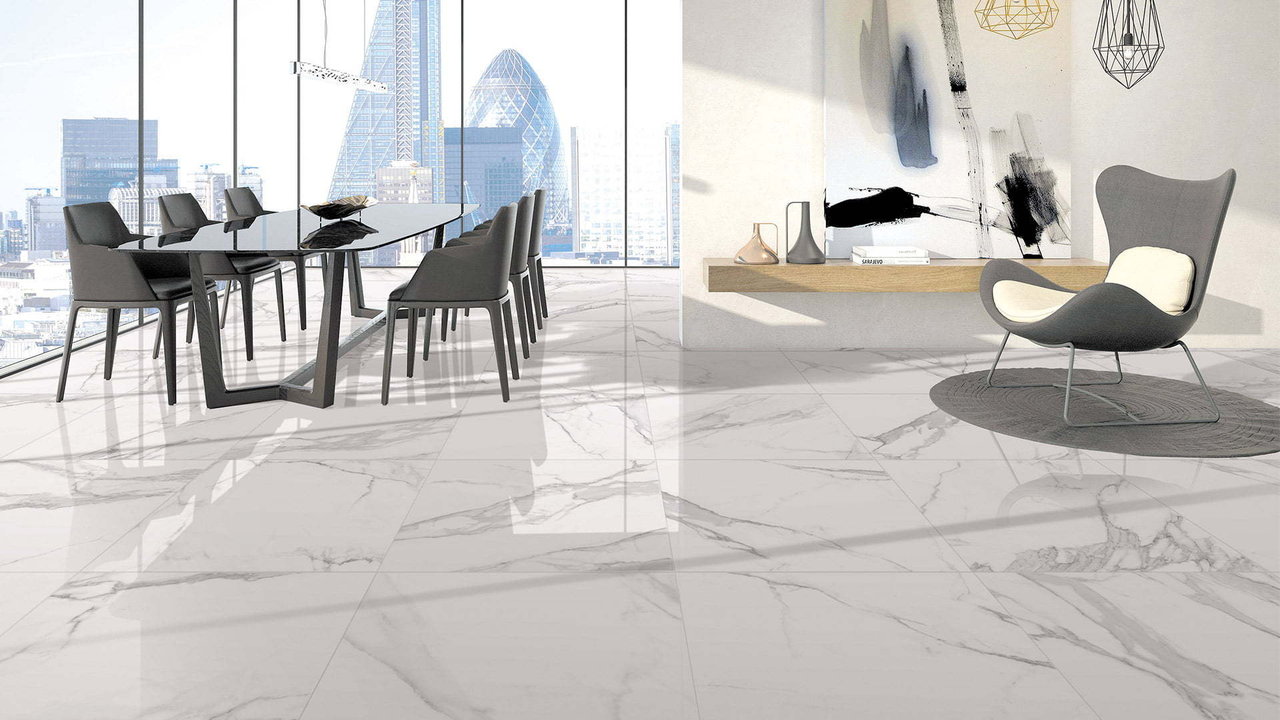
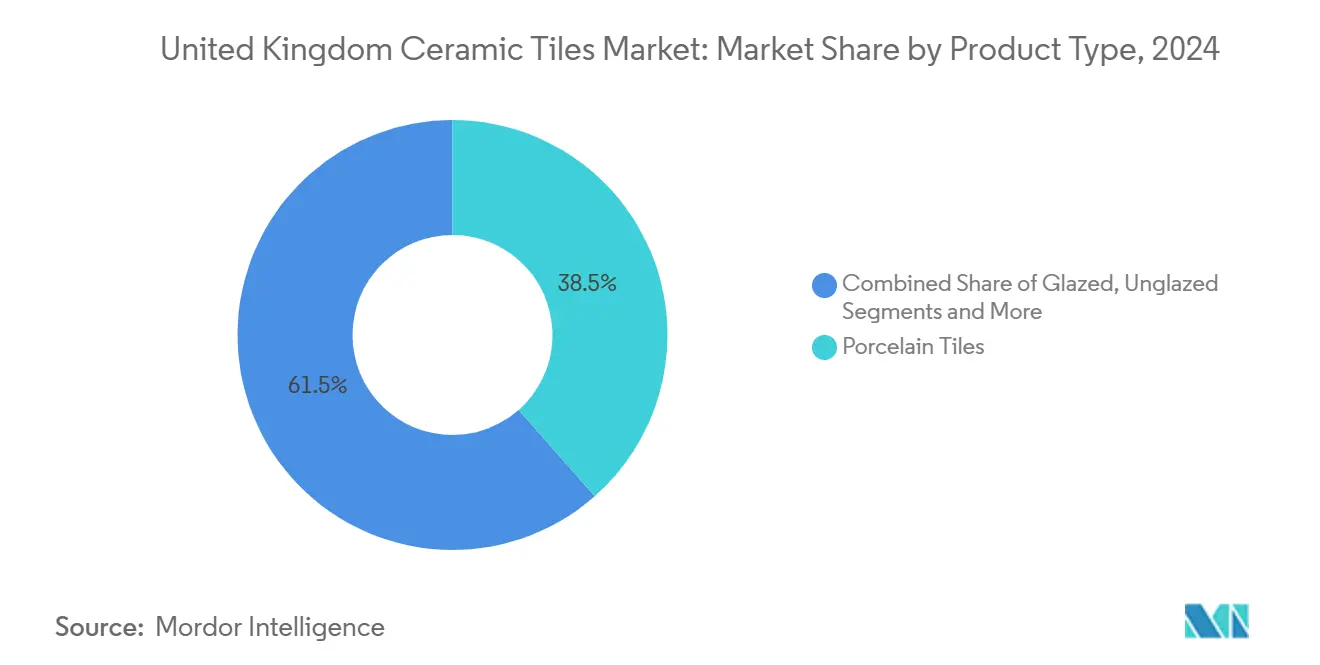
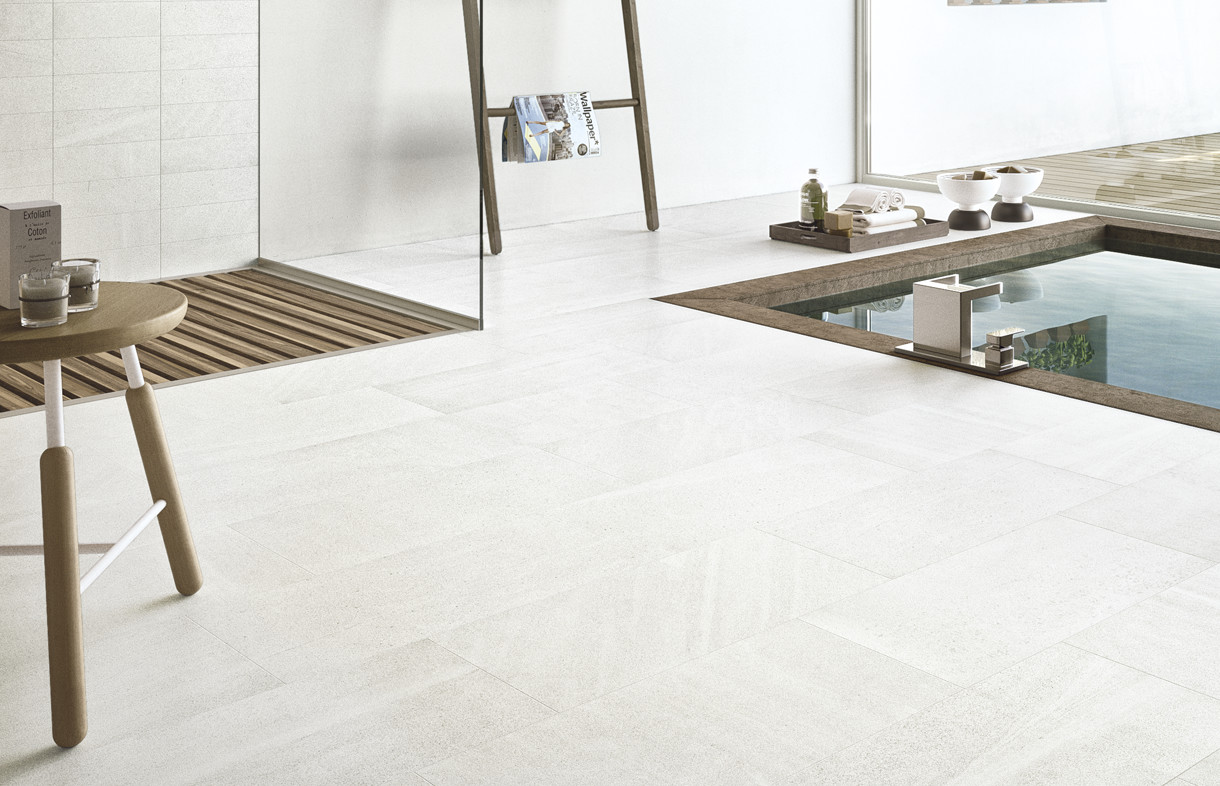

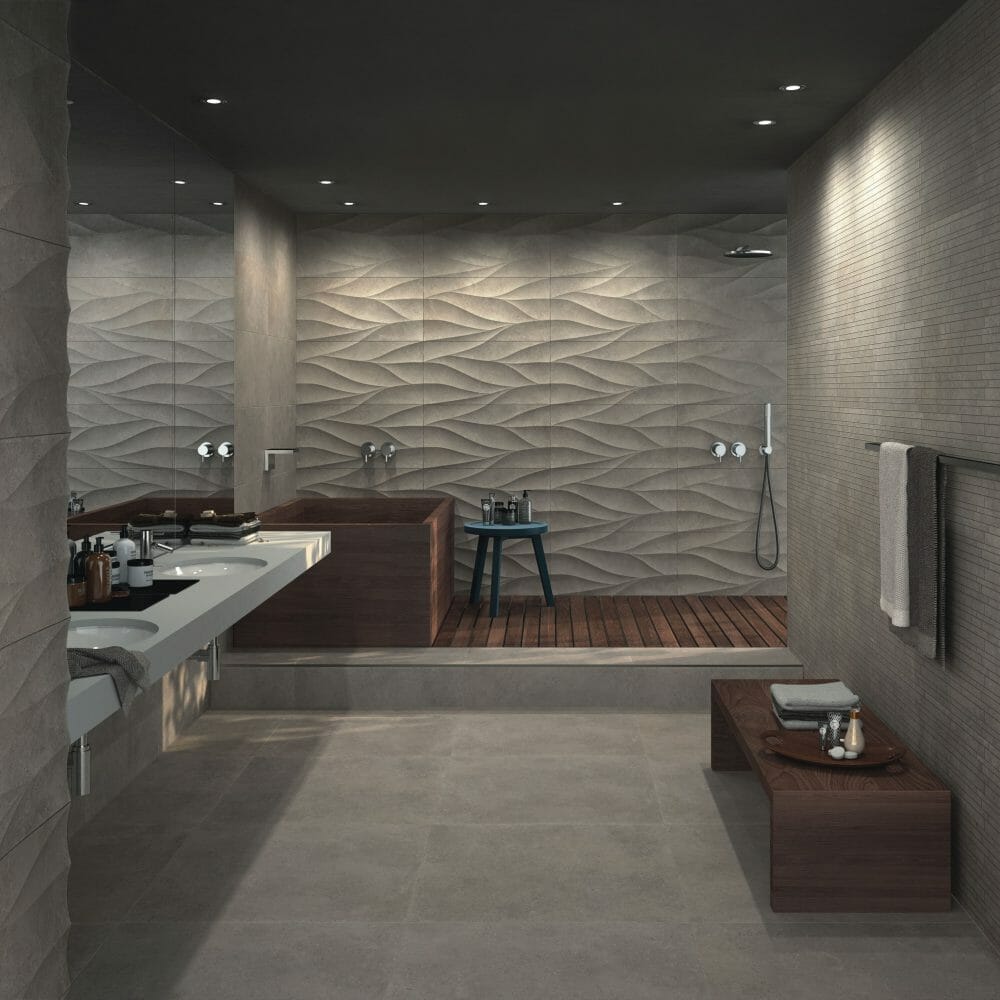
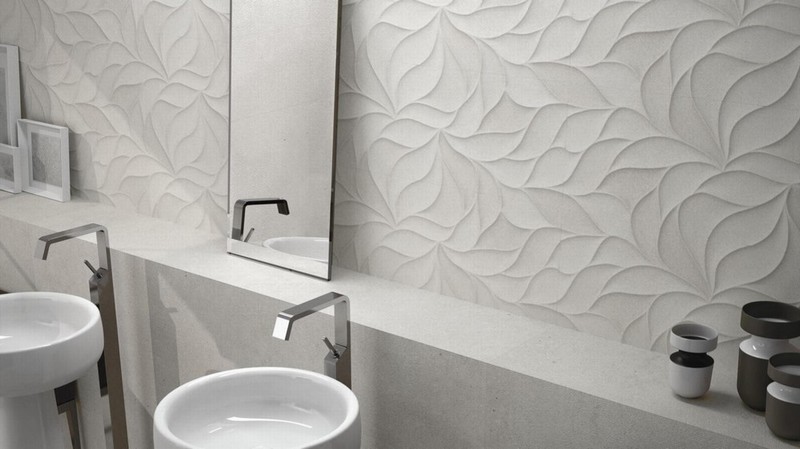
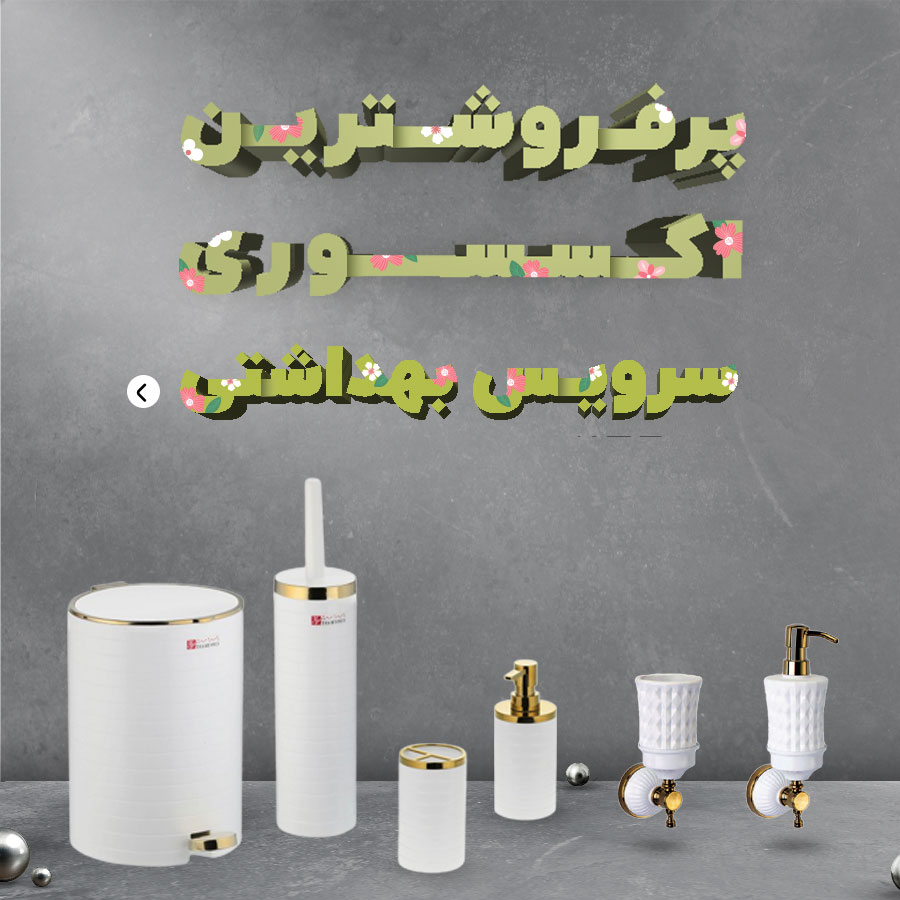

نظرات ۰